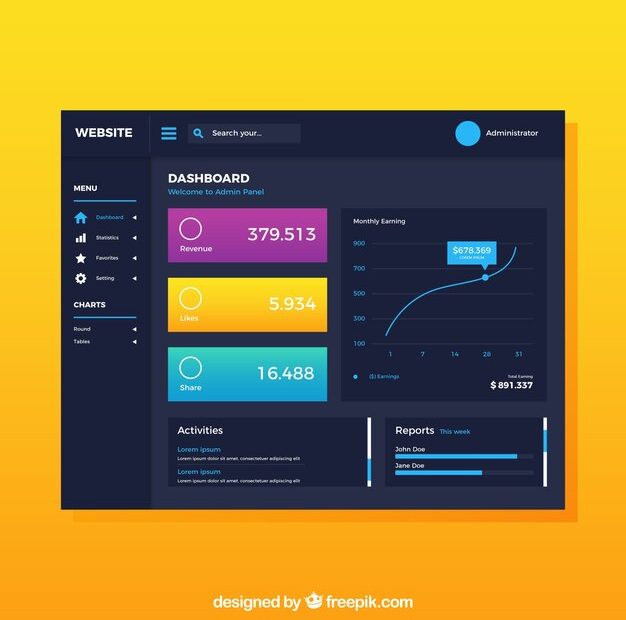Streamline Your Investment Process with Cap Table Management Software Startup
In the fast-paced world of new enterprises, maintaining clarity in ownership structures and equity stakes is crucial for long-term viability. As these businesses grow and evolve, the complexity of managing shareholder information, investment rounds, and ownership percentages increases significantly. This makes it essential for entrepreneurs to have the right tools at their disposal to navigate these challenges smoothly.
The importance of having a well-organized system cannot be overstated. A comprehensive solution can facilitate transparency among stakeholders, enhance decision-making processes, and ultimately support the growth trajectory of a venture. With the right approach, founders can ensure that information is readily available and accurately represented, fostering confidence among investors and partners.
Numerous options exist in today’s market for tracking equity distribution efficiently. By leveraging advanced technology, businesses can gain insights that promote strategic planning and help avoid potential pitfalls. When a venture is equipped with a robust platform, it opens doors to smarter financial decisions and stronger investor relations, setting the stage for future achievements.
Understanding Capitalization Tables in Startups
In the realm of emerging enterprises, the significance of maintaining a clear financial structure cannot be overstated. A well-organized representation of ownership stakes, investments, and equity distribution often spells the difference between navigating complexities efficiently and facing unwarranted obstacles. By delving into the intricacies of financial documentation, founders and investors alike can gain insightful clarity on the overall financial health and trajectory of a budding venture.
The Importance of Equity Distribution
Equity distribution serves as the backbone of a young company, influencing relationships between stakeholders and guiding strategic decisions. Understanding how shares are allocated among founders, employees, and investors can significantly impact morale and motivation. Additionally, transparent equity management fosters trust, ensuring all parties are aligned with the company’s objectives and future potential.
Common Challenges and Solutions
Many early-stage businesses encounter hurdles related to equity structure, such as dilution fears and lack of clarity in ownership percentages. Addressing these challenges requires a proactive approach to financial documentation. By leveraging appropriate tools and resources, entrepreneurs can streamline the tracking of ownership changes, ensuring that all participants remain informed and engaged. Tackling these common issues not only upholds transparency but also paves the way for sustainable growth.
The Importance of Accurate Equity Management
Ensuring that ownership stakes are handled meticulously is crucial for any emerging business. The precision of equity details directly influences relationships among stakeholders and the overall perception of financial integrity. When ownership is tracked accurately, it fosters trust, confidence, and transparency, essential elements for growth and sustainability.
Key Benefits of Precise Equity Oversight
- Enhanced Decision-Making: Accurate data allows for informed choices regarding funding, hiring, and strategic pivots.
- Strengthened Investor Relations: Investors are more likely to support ventures that maintain clear and accurate ownership records.
- Regulatory Compliance: Proper management helps adhere to legal and financial regulations, minimizing risks of penalties.
- Attracting Talent: Clarity in equity distribution can entice potential employees by presenting attractive compensation packages.
Challenges of Inaccurate Equity Management
- Confusion Among Stakeholders: Mismanaged ownership stakes can lead to disputes and misunderstandings.
- Increased Administrative Burden: Errors can complicate reporting and transactions, requiring additional resources to rectify.
- Negative Impact on Valuation: Inaccuracies can distort a company’s perceived value, deterring potential investors.
Maintaining precise equity records is not merely a best practice; it is an essential component for fostering a healthy business environment. Prioritizing accurate oversight provides a foundation for stronger relationships and sustainable advancement.
Benefits of Cap Table Software Solutions
In the fast-paced environment of entrepreneurship, utilizing modern tools can significantly enhance the management of equity structures. Advanced applications streamline processes, improve accuracy, and provide insightful analytics, helping founders and teams to maintain a clear-minded approach towards ownership and investments.
Improved Accuracy and Efficiency
One of the primary advantages of utilizing these solutions is the reduction of human error. Automating calculations ensures that ownership stakes, option pools, and valuations are precise. This precision can save time and resources, allowing teams to focus on growth rather than administrative tasks.
Enhanced Transparency and Compliance
Utilizing specialized applications facilitates better communication among stakeholders. By providing real-time access to ownership data, it fosters trust and transparency. Additionally, these programs help in maintaining compliance with various regulatory standards, minimizing legal risks associated with equity management. Investors and team members will appreciate the well-organized approach, contributing to a more cohesive atmosphere.
Choosing the Right Tools for Your Needs
When it comes to streamlining financial operations and achieving organizational goals, selecting the appropriate resources is crucial. The right tools can facilitate better decision-making and provide clarity in complex processes. As you explore various options, it’s important to assess them against your unique requirements and long-term vision.
To help you navigate this process, consider the following factors:
- Usability: Ensure that the interface is intuitive and user-friendly, allowing team members to easily adapt and utilize the system.
- Scalability: Choose solutions that can grow alongside your organization, accommodating future needs without requiring a complete overhaul.
- Integration: Look for tools that seamlessly connect with existing systems, enabling smooth data transfer and minimizing disruptions in workflow.
- Support and Resources: Evaluate the availability of customer service and educational materials that can assist users when facing challenges.
- Cost-Effectiveness: Consider the pricing structure and ensure that it aligns with your budget while providing value for the features offered.
By focusing on these key elements, you’ll be better equipped to identify the right solutions that align with your aspirations and operational practices. This strategic approach will ultimately enhance efficiency and foster a more organized environment.
Integrating Cap Table Software with Other Systems
The seamless incorporation of financial tracking tools into a variety of operational platforms is crucial for enhancing overall business efficiency. By establishing connections across diverse systems, organizations can streamline processes, reduce manual entry errors, and maintain real-time data accuracy.
Key benefits of integrating these tools include:
- Enhanced Data Accuracy: Automated data flow minimizes human intervention, ensuring information remains consistent and reliable.
- Improved Decision-Making: Access to consolidated data from multiple sources empowers stakeholders to make informed choices rapidly.
- Time Savings: Integrations reduce the time spent on manual updates and reconciliations, allowing teams to focus on strategic initiatives.
To facilitate successful integration, consider the following strategies:
- Choose Compatible Solutions: Ensure that the selected tools can communicate effectively with existing systems, such as accounting or CRM software.
- Utilize APIs: Leverage application programming interfaces to establish direct connections between systems, enabling real-time data sharing.
- Define Clear Objectives: Identify specific goals for integration, such as improving reporting capabilities or streamlining communication amongst departments.
Ultimately, effective integration not only simplifies operational tasks but also fosters a culture of data-driven innovation and responsiveness within the organization.
Case Studies on Successful Implementation
This section aims to showcase various instances where innovative tools for equity tracking have profoundly impacted organizations. By examining real-world examples, we can gain insights into how these solutions have streamlined processes, informed decision-making, and contributed to overall operational efficiency.
Company A, a tech startup, faced challenges in managing its ownership distribution as it scaled rapidly. By deploying a cutting-edge equity tracking tool, they automated the process of updating stakeholder data. This shift not only minimized errors but also provided their team with real-time insights into ownership percentages, enabling better funding negotiations and strategic planning.
Company B was struggling with transparency issues among its investors. The implementation of an advanced equity management platform allowed them to create detailed reports that were accessible to stakeholders at any time. As a result, trust was strengthened, and investor relations improved significantly, leading to increased participation in subsequent funding rounds.
Company C had a complex structure with multiple funding rounds and diverse investor backgrounds. The adoption of a sophisticated equity solution simplified their reporting obligations, ensuring compliance with regulatory requirements. By streamlining these processes, they could focus on growth initiatives, ultimately leading to a successful acquisition.
These case studies highlight how organizations have harnessed the power of dedicated equity tools to address unique challenges, enhance clarity, and foster healthy relationships within their ecosystems.


